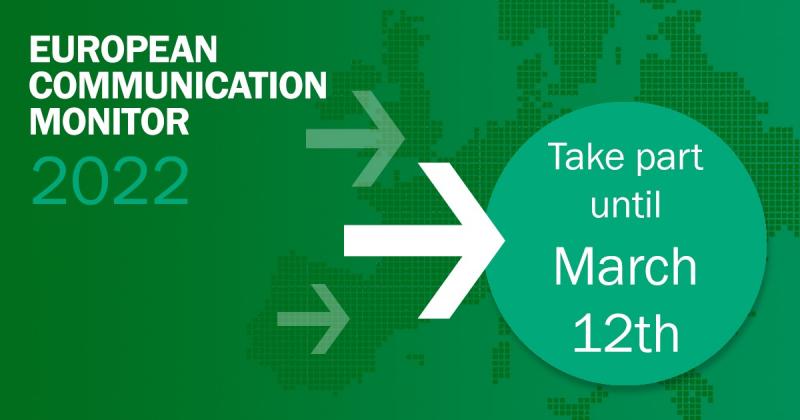
There are years etched into public memory that are immortalised in history textbooks. We can probably all remember where we were - what we were doing - when that fateful public address came in, in March 2020. The long and lonely months afterwards where a purported two weeks of crisis stretched out and swallowed two whole years. The communications lessons learned. And then re-learned. But which - if any - of those trends are here to stay? As the largest international poll launches for its 2022 iteration, here are some of the 2021 trends revealed by the European Communication Monitor (ECM).
Let’s get digital
The movement online - largely wholesale - of communications, catalysed the digitalisation revolution that had begun some years before in earnest. Digital transformation is in progress, but few communication departments or agencies have reached maturity – 39% of practitioners across Europe described their unit as immature in both digitalising stakeholder communications and building digital infrastructure. The most prevalent tools are external digital platforms - Twitter, Facebook, LinkedIn, Instagram - used to communicate with stakeholders. Digital tools are still lacking when it comes to functional support activities such as monitoring publics and aligning communication and business goals.
You’re on mute
Video conferencing - realised through Zooms and Teams and Google Meet, but strangely under-utilised by Skype - became a ubiquitous tool in stakeholder communications, with the majority of practitioners across Europe (87.7% of respondents) feeling digitalising stakeholder communications was important. Video-conferencing is here to stay – three out of four practitioners (72.8%) intend to use it for stakeholder communications even when the pandemic is over. It is more frequently used for communication with employees and clients than with journalists and less valued by stakeholders in Eastern and South-Eastern Europe.
Me, Myself and I
It’ll come as no surprise to find practitioners take on different roles simultaneously in their daily work. Thankfully ‘teacher based at kitchen table’ is off the erm table, but a trend to watch is the Advisor role who helps top management make better business decisions. These advisors often have more than 10 years of professional experience and they have received training in management concepts and strategic decision-making. When it comes to the competencies and personal attributes relevant to the various roles, a majority consider themselves well equipped to communicate on behalf of organisations (77.1%), but only one in two consider their management competencies to be high.
The mark of excellence
The Comparative Excellence Framework for Communication Management (CEF) has been applied to identify high-performing communication departments and their attributes. These excellent communication departments put a stronger emphasis on using big data and algorithms and on digitalising communication processes. They are significantly more mature both in digitalising stakeholder communications and in building a digital infrastructure and their strategies for transforming technology, people, structure and tasks are all better developed. Professionals working in excellent communication departments are more engaged in coaching or advising executives and colleagues at all levels of the hierarchy.
About the European Communication Monitor
The European Communication Monitor, now in its 16th year, addresses highly debated topics such as the practical challenges of diversity and inclusion in stakeholder communications, empathetic leadership in communications teams, CommTech and digital transformation, and quality in communications consulting. The survey will identify characteristics of excellent communication departments and explore commonalities and differences across Europe. Country-to-country comparisons and benchmarks of different types of organisations (private and joint-stock companies, non-profit, governmental, agencies, etc.) will make the results relevant for everybody in the field.
Participants will be able to answer these and many other topics and share their experiences to build a concise picture of the growing discipline.
The European Communication Monitor is led by professors from renowned universities within the framework of the European Public Relations Education and Research Association (EUPRERA) together with the European Association of Communication Directors (EACD), supported by Cision and Fink & Fuchs.
With more than 20,000 participants from over 40 countries to date, the annual European Communication Monitor is the largest empirical survey in communication management and public relations worldwide. The study is undertaken for scientific purposes. Participants will remain anonymous. Results will be presented at an EACD event in May 2022 and at conferences worldwide thereafter.
Have your say
The European Communication Monitor 2022 survey is available at www.communicationmonitor.net until March 12.
All participants are entitled to a full report of the results available this summer and can enter a prize draw for 10 top-rated JBL headphones (Tune 125BT Bluetooth in-ear headphones with microphone for videocalls or music) – a must-have gadget.
